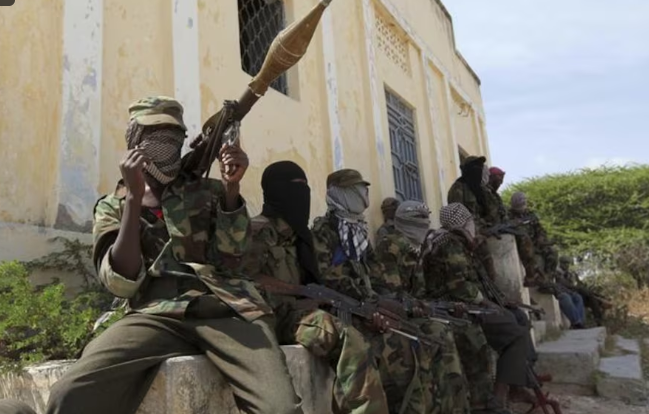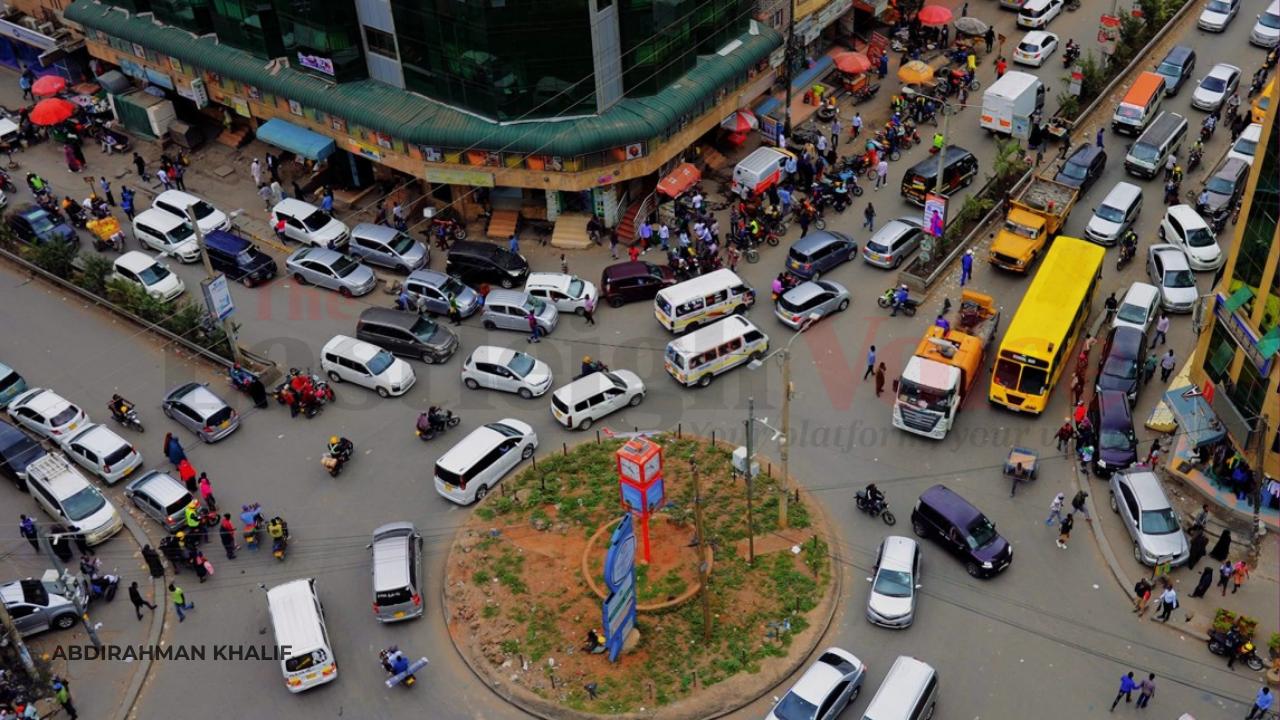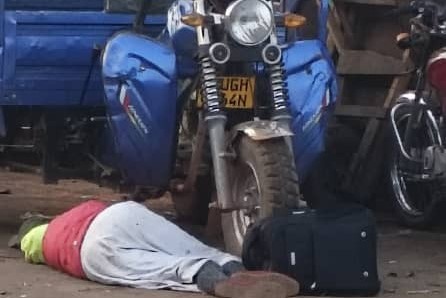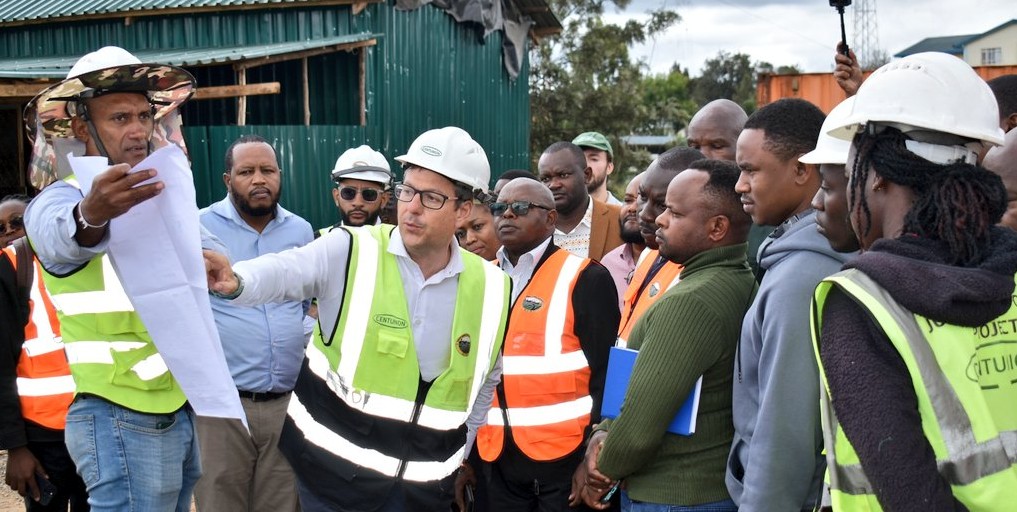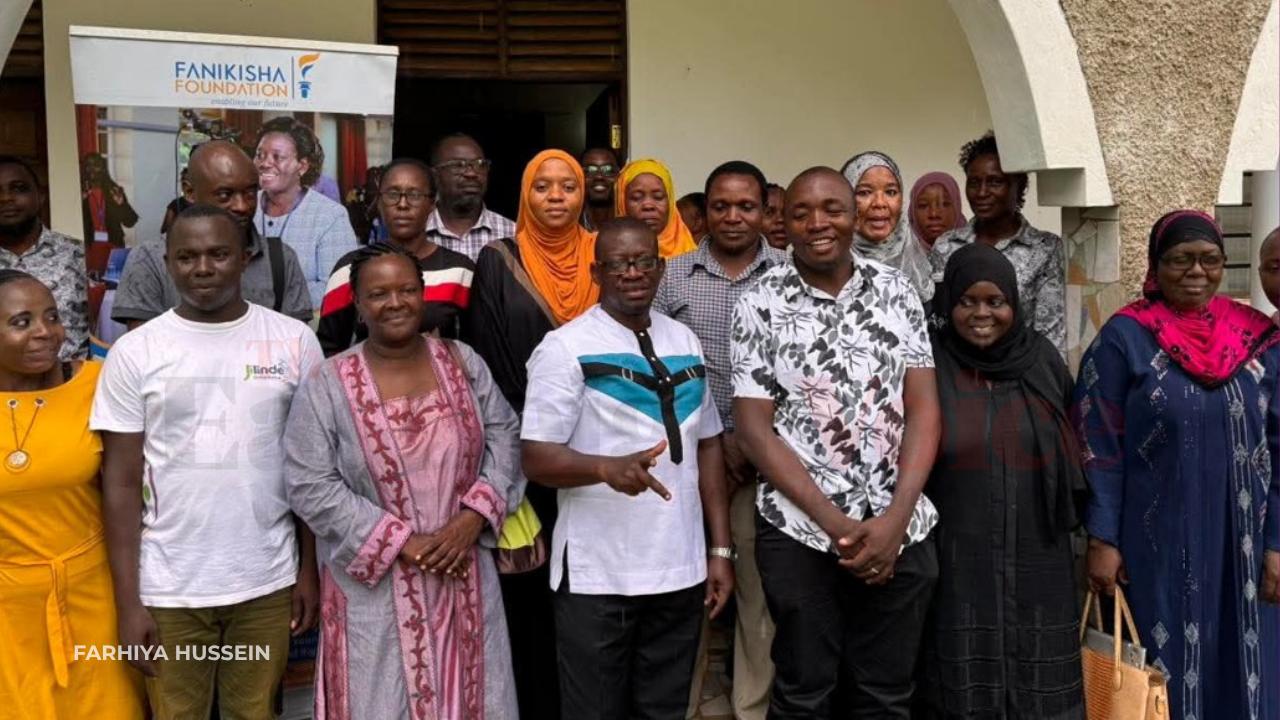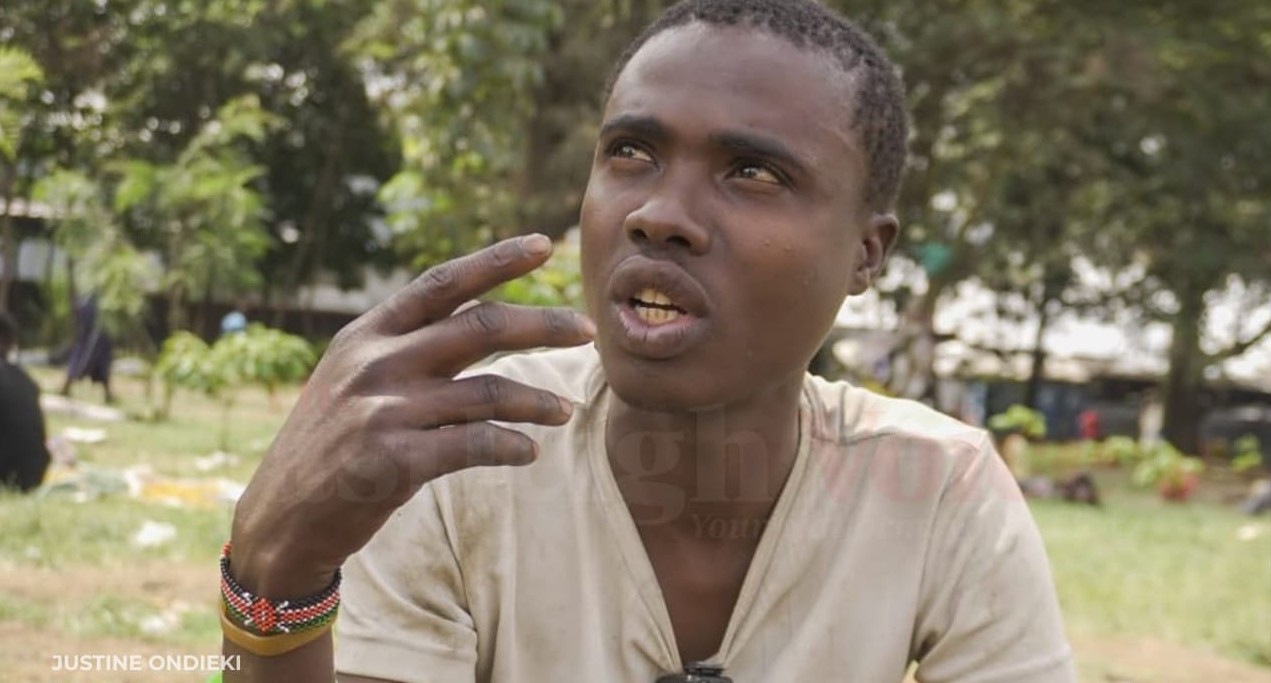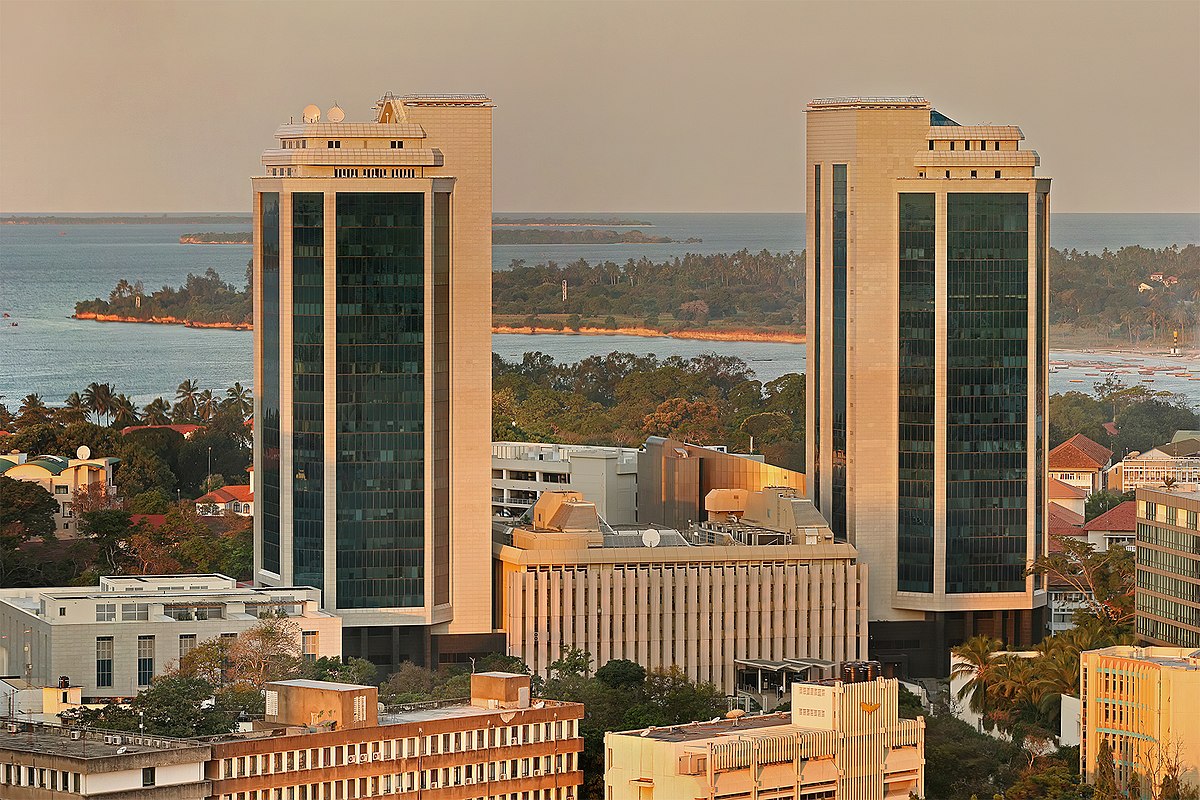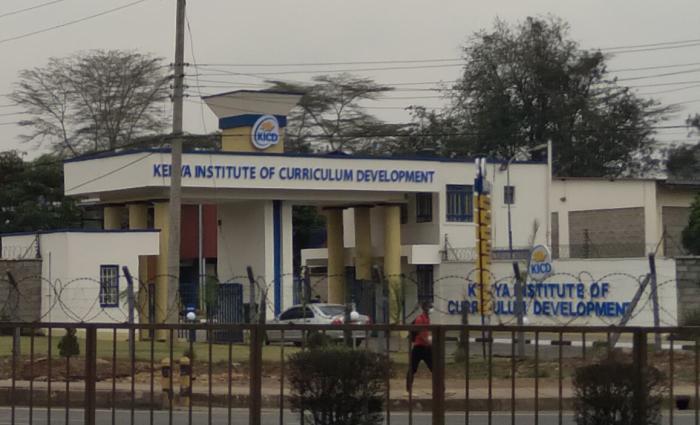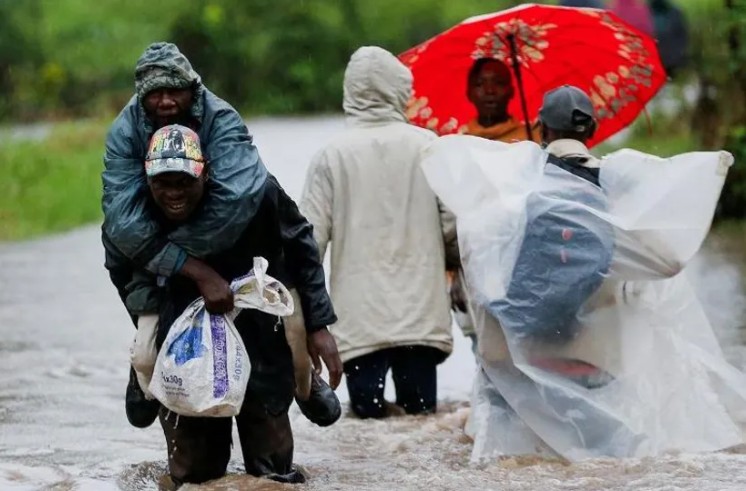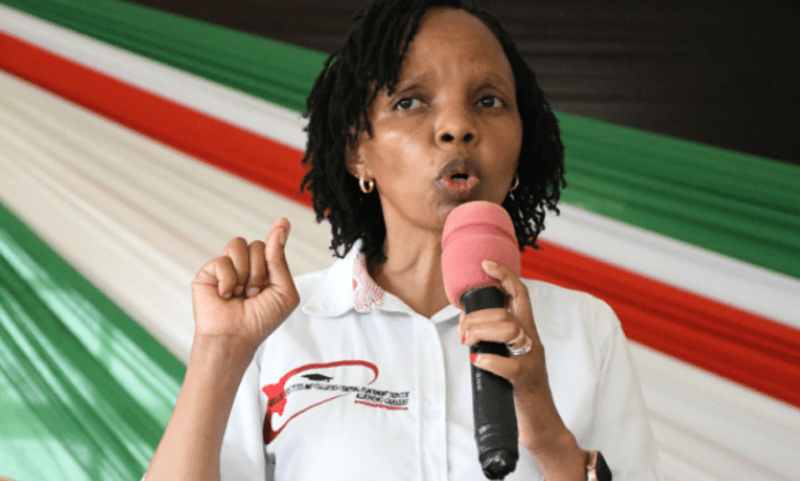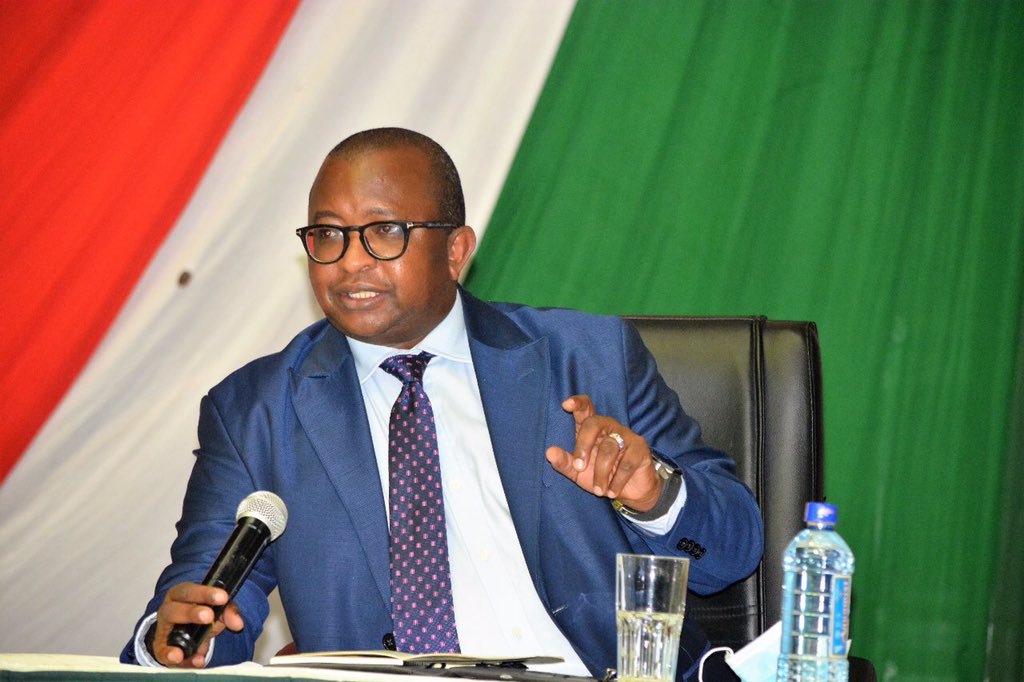Kenya intensifies malaria fight as new data shows challenges posed by climatic patterns

Six counties, Busia, Kakamega, Kisumu, Migori, Siaya, and Vihiga, remain the highest burdened, recording an alarming 748 cases per 1,000 population.
Malaria continues to present a formidable public health and economic challenge in Kenya, with transmission heavily influenced by climatic patterns.
Following the long and short rainy seasons, malaria outbreaks often surge, with 2023 seeing an estimated 5.5 million cases nationwide, a staggering incidence rate of 104 per 1,000 people.
More To Read
- Undocumented status, ID barriers hamper vaccine access for vulnerable mothers, children in Kenya
- Kenya receives 3 million BCG doses as Ministry of Health races to end vaccine shortage
- Mombasa begins countywide fumigation to curb Chikungunya outbreak
- Vaccines: Why these young Africans are hesitant about them and what might change their minds
- Respiratory illnesses, malaria lead hospital visits in Kenya
- Fear, misinformation plague parents despite child vaccines shortage resolution
Six counties, Busia, Kakamega, Kisumu, Migori, Siaya, and Vihiga, remain the highest burdened, recording an alarming 748 cases per 1,000 population. Meanwhile, Bungoma, Homa Bay, Kwale, Turkana, and West Pokot are grappling with similarly high rates, reporting 474 cases per 1,000.
To combat this enduring threat, the government has rolled out multiple interventions, including the distribution of insecticide-treated nets (ITNs), indoor residual spraying (IRS), improved malaria case management at community levels, and the introduction of Seasonal Malaria Chemoprevention (SMC).
Indoor spraying drives
Indoor residual spraying, backed by the US President’s Malaria Initiative (PMI), remains a pivotal part of vector control efforts. Focused on Migori and Busia Counties, IRS targets household interiors, particularly sleeping areas, to dramatically cut mosquito populations.
From March to May 2024, spraying efforts covered 423,037 out of 444,890 eligible structures, with both counties achieving over 95 per cent coverage, well above the World Health Organisation’s (WHO) recommended effectiveness threshold of 85 per cent. These activities protected nearly two million people.
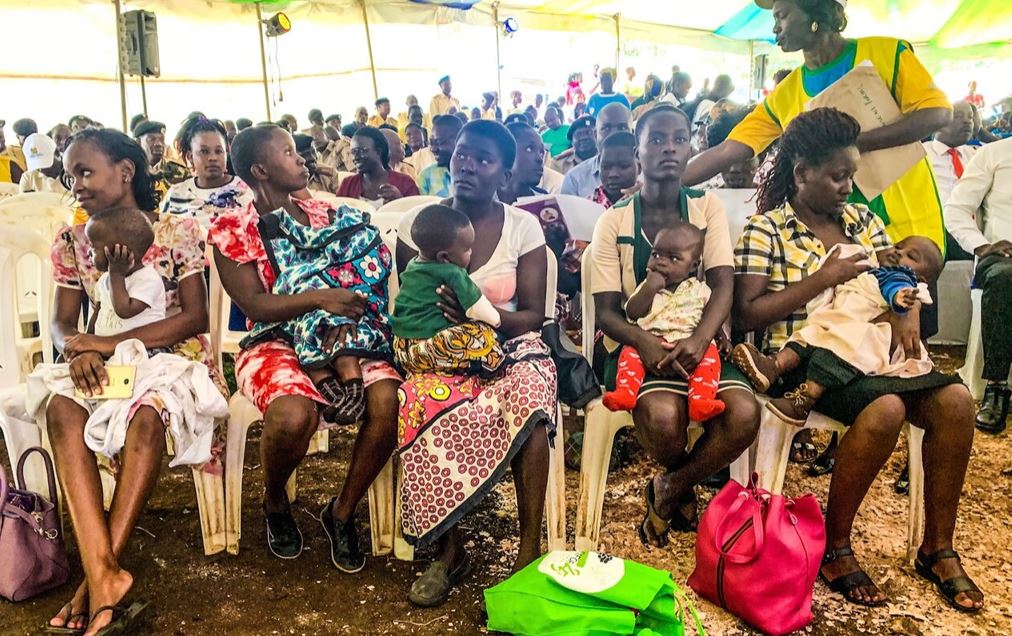 A past malaria vaccination drive in Kenya. (Photo: WHO)
A past malaria vaccination drive in Kenya. (Photo: WHO)
Notably, Busia County has seen malaria incidence rates plummet by 50 per cent, falling from 746 per 1,000 people in 2023 to 358 in 2024.
In early 2025, Busia once again conducted IRS from 21st February to 10th March, reaching a coverage rate of 94.2 per cent despite environmental restrictions preventing operations in three sub-locations of Budalangi Ward.
However, operations in other regions have been delayed. Although insecticides are readily available, the programme is awaiting final approval from USAID to commence further spraying. In Migori County, planned IRS activities are pending due to funding gaps, with an estimated Sh78 million required.
"Indoor spraying has been a game-changer for Busia," the Ministry of Health said in a statement. "We are hopeful that with additional support, we can replicate this success across other high-burden counties."
Mosquito net campaign falls short
Kenya’s ambitious 2023/24 mass LLIN campaign, supported by the Global Fund and USAID/PMI, aimed to distribute 18.6 million mosquito nets across 24 counties. However, due to resource constraints, only 15.3 million nets were procured.
Utilising a new digital platform, DigiMal-KE accessible via web, USSD, and mobile apps, the campaign streamlined household registration, distribution, and payroll processes.
By its conclusion, 14.6 million nets had been distributed, reaching 4.5 million households and covering over 28 million individuals, achieving more than 94 per cent of the target population. This coverage exceeded WHO’s minimum recommended threshold to effectively curb malaria transmission.
Data-driven surveillance
In another major stride, the Ministry of Health’s National Malaria Control Programme (NMCP) has bolstered entomological surveillance by digitising processes within the DHIS2 platform.
This modernised system maps mosquito species, tracks malaria transmission patterns, monitors insecticide resistance, and assesses the effectiveness of interventions.
Piloted initially in Migori and Kirinyaga, the system has now expanded to 16 counties, with real-time data collection linked to GPS coordinates for accurate mapping of mosquito breeding and transmission sites.
"This digital shift is transformative," the statement from MoH added. "It enables real-time decision-making and fosters better collaboration between national and county teams."
Ongoing molecular analysis of captured mosquitoes at reference laboratories ensures detailed insights into species profiles and infectivity rates, further enhancing targeted responses.
Although Turkana County has transitioned into a stable endemic zone, seasonal peaks persist, with malaria cases rising by over 65 per cent during the rainy season.
Following research by the NMCP alongside Turkana County Government, Moi University, and Duke University, an SMC campaign was launched in 2024, targeting children under five years in Turkana Central Sub-county.
The programme achieved results, with 71 per cent of children completing all five cycles. Individual cycle coverage rates ranged from 88 per cent to an impressive 104 per cent, showcasing strong community engagement.
Top Stories Today
